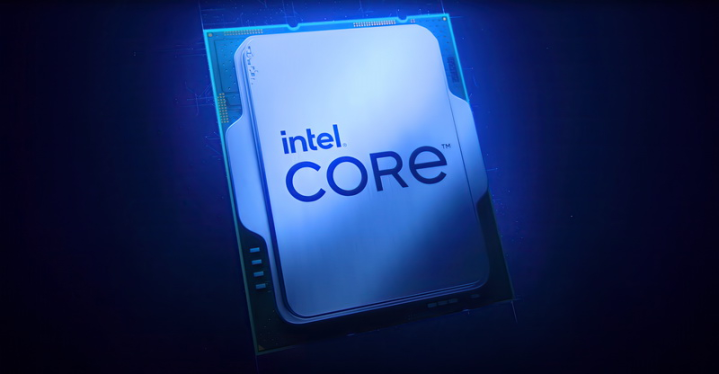
Intel’s next-generation Arrow Lake chips are said to be coming out later this year, but we don’t know much about them just yet. However, a new leak shows us that two crucial features may be missing from the next-gen CPU lineup: hyperthreading and support for the AVX-512 extension. If Intel is ditching hyperthreading, it’s not entirely unexpected, but it might make it trickier for even its best processors to beat AMD.
Hyperthreading allows physical cores in Intel processors to perform two tasks simultaneously, improving efficiency and performance in multi-threaded applications. Intel first introduced it in 2002, but it hasn’t used the technology in every generation of its CPUs between then and now. The tech was all but gone from client processors for many years following its launch, although it was still present in certain models. Since then, Intel has selectively implemented HT across its product stack. In the last few years, it became a staple, especially in midrange and high-end chips.
No matter its legacy, it sounds like hyperthreading is on its last legs, and we’ve now heard this from a couple of different sources. First, a leaked Intel slide was shared by X (formerly Twitter) user YuuKi_AnS. It was later deleted, but VideoCardz snapped it up before it was gone. The slide mentioned a pre-alpha Arrow Lake-S (desktop) chip with eight cores and eight threads. If it featured hyperthreading, it would have had up to 16 threads.
I spotted a new #ArrowLake-S (CPUID C0660, 24 threads, 3GHz, w/o #AVX512) among the #Intel test machines:https://t.co/xiSjhpEcPP https://t.co/X7iBnRq9gW pic.twitter.com/Dasjo0L6Fp
— InstLatX64 (@InstLatX64) February 1, 2024
Now, InstaLaX64 spotted another Arrow Lake CPU with just 24 threads, also suggesting no hyperthreading. The leaker also notes that the CPU lacks support for AVX-512 instructions, although it’s possible that this was just disabled in this early engineering sample. If not, those who need this feature will have to default to AMD’s Ryzen 7000 lineup, which wouldn’t be great news for Intel.
Although its CPUs almost universally include hyperthreading now, Intel has been slowly phasing the feature out since the launch of Alder Lake and the switch to a hybrid core architecture. Since efficient (E) cores don’t support hyperthreading, the tech only applies to performance (P) cores. With the release of Meteor Lake, Intel has also introduced another type of core, the low-power core (LP), which also doesn’t support hyperthreading.
While it’s best to take the above with a healthy dose of skepticism, the leaks we’ve had so far all seem to point to the same thing. Is this because it’s still early days, or is Intel really giving up on hyperthreading — a technology that’s been around in some shape or form for over 20 years? I’m starting to lean toward the latter.
This could give AMD an advantage, seeing as Intel’s typically been better at multi-threaded tasks, and hyperthreading plays a big part in that. We’ll have to see how it pans out when Arrow Lake hits the shelves in the second half of 2024.
Editors’ Recommendations




